Home>Gardening & Outdoor>Outdoor Recreation & Activities>What Is The Difference Between Bocce Ball And Petanque?
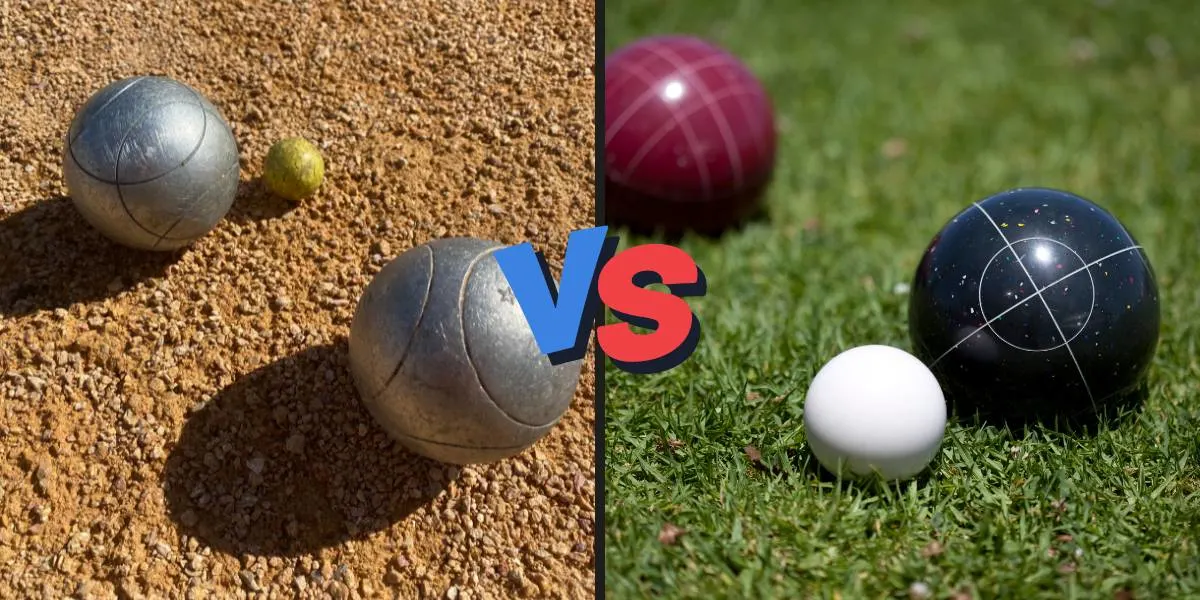

Outdoor Recreation & Activities
What Is The Difference Between Bocce Ball And Petanque?
Published: January 31, 2024
Discover the key distinctions between Bocce Ball and Petanque in this comprehensive guide to outdoor recreation and activities. Explore the unique rules, equipment, and playing styles of each game.
(Many of the links in this article redirect to a specific reviewed product. Your purchase of these products through affiliate links helps to generate commission for Storables.com, at no extra cost. Learn more)
Introduction
Are you a fan of leisurely outdoor games that blend strategy, skill, and social interaction? If so, you might have come across the terms "Bocce Ball" and "Petanque." While both are popular lawn games, they originate from different parts of the world and have distinct rules and playing styles. In this article, we will delve into the captivating world of Bocce Ball and Petanque, exploring their origins, rules, and gameplay. By the end, you'll have a comprehensive understanding of these two beloved pastimes and the key differences between them. So, grab a comfortable chair, pour yourself a refreshing beverage, and let's embark on this delightful journey through the world of Bocce Ball and Petanque.
Key Takeaways:
- Bocce Ball and Petanque are both fun outdoor games with rich histories and unique playing styles, offering a delightful blend of strategy, skill, and social interaction for players of all ages.
- Bocce Ball and Petanque have distinct differences in their origins, playing surfaces, ball materials, and throwing techniques, providing enthusiasts with a range of experiences to enjoy in the world of outdoor recreation.
Read more: What Is Bocce Ball?
Origin and History of Bocce Ball
Bocce Ball, also known as bocci or boccie, has a rich history that can be traced back to the ancient Roman Empire. The game is believed to have originated in Italy, where it was initially played with coconuts brought over from Africa. Over time, these were replaced by wooden balls, and eventually, the characteristic hard resin balls that are used today.
During the Roman Empire, Bocce Ball was a popular pastime among soldiers and statesmen. It provided a leisurely and strategic respite from the rigors of military campaigns and political affairs. The game also gained popularity among the common people, spreading throughout the Mediterranean region and beyond.
As Italian immigrants migrated to different parts of the world, they brought the beloved game of Bocce Ball with them. It found a new home in various countries, including the United States, where it continues to be a cherished outdoor activity.
Today, Bocce Ball is not only played recreationally but also in competitive leagues and tournaments. Its enduring appeal and deep-rooted history make it a timeless game that brings people together across generations and cultures.
Rules and Gameplay of Bocce Ball
Bocce Ball is a deceptively simple yet engaging game that can be enjoyed by people of all ages. The objective of the game is to roll or toss bocce balls as close as possible to the pallino, a smaller target ball. Here are the basic rules and gameplay of Bocce Ball:
- Setting Up: To start a game of Bocce Ball, a playing area, known as a court, needs to be prepared. The court can be grass, sand, or a specially designed Bocce court. The pallino is then thrown to a distance within the court, serving as the target for the game.
- Teams: Bocce Ball can be played with two players (one against one) or with teams of two, three, or four players. Each player or team is assigned a set of colored bocce balls.
- Gameplay: The game starts with a player or team tossing the pallino into the playing area. Then, the same player or team rolls their bocce ball, aiming to get it as close to the pallino as possible. The opposing player or team then takes their turn, aiming to either get closer to the pallino or to knock their opponent’s balls away from it.
- Scoring: Once all the bocce balls have been thrown, the round ends, and points are awarded. The team with the closest ball to the pallino earns a point for each ball that is closer to the target than their opponent’s closest ball. The game continues until a predetermined point total is reached.
What makes Bocce Ball so captivating is the combination of strategy, skill, and social interaction it offers. Players must carefully assess the playing field, anticipate their opponents’ moves, and exhibit precision in their throws. Additionally, the game fosters camaraderie and friendly competition, making it an ideal pastime for gatherings and social events.
Origin and History of Petanque
Petanque, often referred to as boules, has its origins in the South of France. The game emerged in the early 20th century in the city of La Ciotat, near Marseilles. Legend has it that Petanque was born when players of the traditional game of boules discovered a new way to play, standing with their feet together (pieds tanqués in the Provençal dialect), as opposed to the traditional run-up throw.
Initially, Petanque was a leisurely activity enjoyed by locals in the quaint villages of Provence. However, its popularity soon spread throughout France and beyond, becoming a beloved pastime in various countries, including Spain, Italy, and even reaching distant shores in Asia and the Americas.
Over the years, Petanque has evolved from a casual game played on dusty village squares to a widely recognized sport with organized competitions and federations. The game’s simple yet challenging nature has contributed to its enduring appeal, attracting enthusiasts from diverse backgrounds and age groups.
Bocce ball is typically played on a smooth, level court, while petanque is played on rough terrain. Bocce balls are larger and heavier than petanque balls.
Rules and Gameplay of Petanque
Petanque is a captivating game that combines precision, strategy, and camaraderie. The objective of the game is to throw or roll metal balls as close as possible to a smaller wooden target ball, known as the cochonnet or jack. Here are the fundamental rules and gameplay of Petanque:
- Setting Up: Petanque can be played on various surfaces, such as gravel, sand, or specially designed Petanque courts. The cochonnet is thrown to a distance within the playing area, serving as the target for the game.
- Teams: Petanque can be played with two players (one against one) or with teams of two, three, or four players. Each player or team uses a set of metal balls, typically made of steel.
- Gameplay: The game begins with a player or team throwing the cochonnet into the playing area. Then, the same player or team throws their metal ball, aiming to get it as close to the cochonnet as possible. The opposing player or team then takes their turn, aiming to either get closer to the cochonnet or to knock their opponent’s balls away from it.
- Scoring: Once all the metal balls have been thrown, the round ends, and points are awarded. The team with the closest ball to the cochonnet earns a point for each ball that is closer to the target than their opponent’s closest ball. The game continues until a predetermined point total is reached.
What makes Petanque so captivating is the blend of skill, finesse, and social interaction it offers. Players must assess the terrain, calculate their throws, and adapt their strategies based on their opponents’ moves. Additionally, the game fosters a sense of community and friendly competition, making it an ideal activity for social gatherings and leisurely afternoons.
Key Differences Between Bocce Ball and Petanque
While Bocce Ball and Petanque share similarities in their objective of getting balls as close as possible to a smaller target, they also have distinct characteristics that set them apart. Understanding these differences can help enthusiasts appreciate the unique qualities of each game. Here are the key differences between Bocce Ball and Petanque:
- Origin and History: Bocce Ball traces its roots back to ancient Rome and has been popularized by Italian immigrants in various parts of the world. On the other hand, Petanque originated in the South of France in the early 20th century and gained widespread popularity throughout Europe and beyond.
- Playing Surface: Bocce Ball can be played on various surfaces, including grass, sand, and specially designed courts. Petanque is typically played on gravel or sand, with designated Petanque courts also available in some areas.
- Balls: The balls used in Bocce Ball are larger and made of hard resin, while Petanque balls are smaller and made of metal, usually steel. The size and material of the balls contribute to differences in the throwing and rolling techniques used in each game.
- Throwing Style: In Bocce Ball, players typically roll the balls along the ground, aiming to get them as close as possible to the pallino. In Petanque, players throw the metal balls through the air, employing techniques that require precision and finesse to reach the cochonnet.
- Scoring System: While both games award points based on the proximity of the balls to the target, the scoring systems differ slightly. Bocce Ball awards points for each ball that is closer to the pallino than the opponent’s closest ball, while Petanque follows a similar scoring method with the cochonnet.
These differences highlight the diverse cultural origins and playing styles of Bocce Ball and Petanque, offering enthusiasts a range of experiences to enjoy. Whether you prefer the strategic precision of Petanque or the laid-back camaraderie of Bocce Ball, both games provide an opportunity for outdoor recreation and friendly competition.
Conclusion
As we conclude our exploration of Bocce Ball and Petanque, it’s evident that both games hold a special place in the world of outdoor recreation and leisure activities. From their rich historical origins to their distinct rules and playing styles, Bocce Ball and Petanque offer enthusiasts a delightful blend of strategy, skill, and social interaction.
Whether you’re drawn to the ancient charm of Bocce Ball, with its roots in the Roman Empire and its widespread appeal among Italian communities, or the elegant finesse of Petanque, originating in the sun-soaked villages of Provence and captivating players across Europe and beyond, there’s something uniquely captivating about each game.
While Bocce Ball and Petanque have their differences in terms of playing surfaces, ball materials, and throwing techniques, they both share the common goal of providing players with an enjoyable and engaging outdoor pastime. These games bring people together, fostering a sense of camaraderie and friendly competition that transcends cultural and generational boundaries.
So, whether you find yourself on a sun-drenched beach, a grassy park, or a gravel-covered court, consider embracing the spirit of Bocce Ball or Petanque. Engage in a friendly match, savor the thrill of a well-aimed throw, and relish the joy of spending time outdoors with friends and family.
As you embark on your own Bocce Ball or Petanque adventure, remember that the true essence of these games lies not only in the pursuit of victory but also in the cherished moments of laughter, camaraderie, and shared experiences that they create. So, roll those bocce balls, throw those metal boules, and immerse yourself in the timeless allure of Bocce Ball and Petanque.
Frequently Asked Questions about What Is The Difference Between Bocce Ball And Petanque?
Was this page helpful?
At Storables.com, we guarantee accurate and reliable information. Our content, validated by Expert Board Contributors, is crafted following stringent Editorial Policies. We're committed to providing you with well-researched, expert-backed insights for all your informational needs.
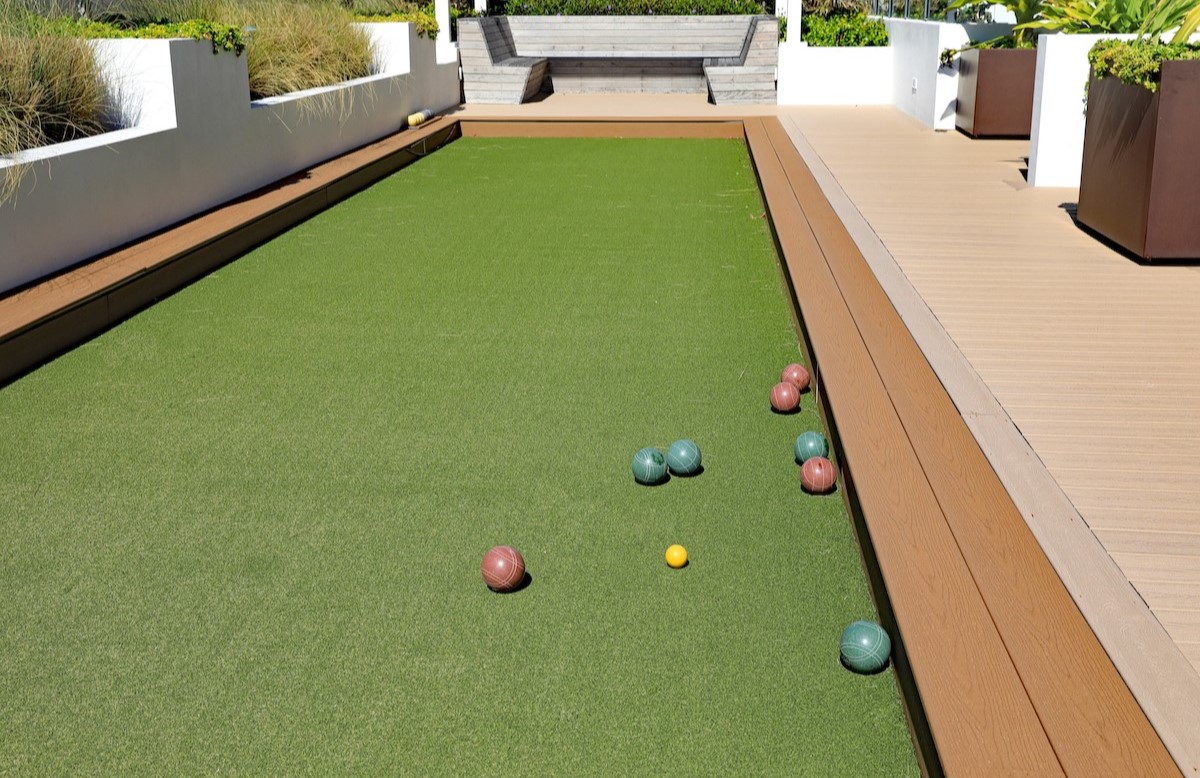
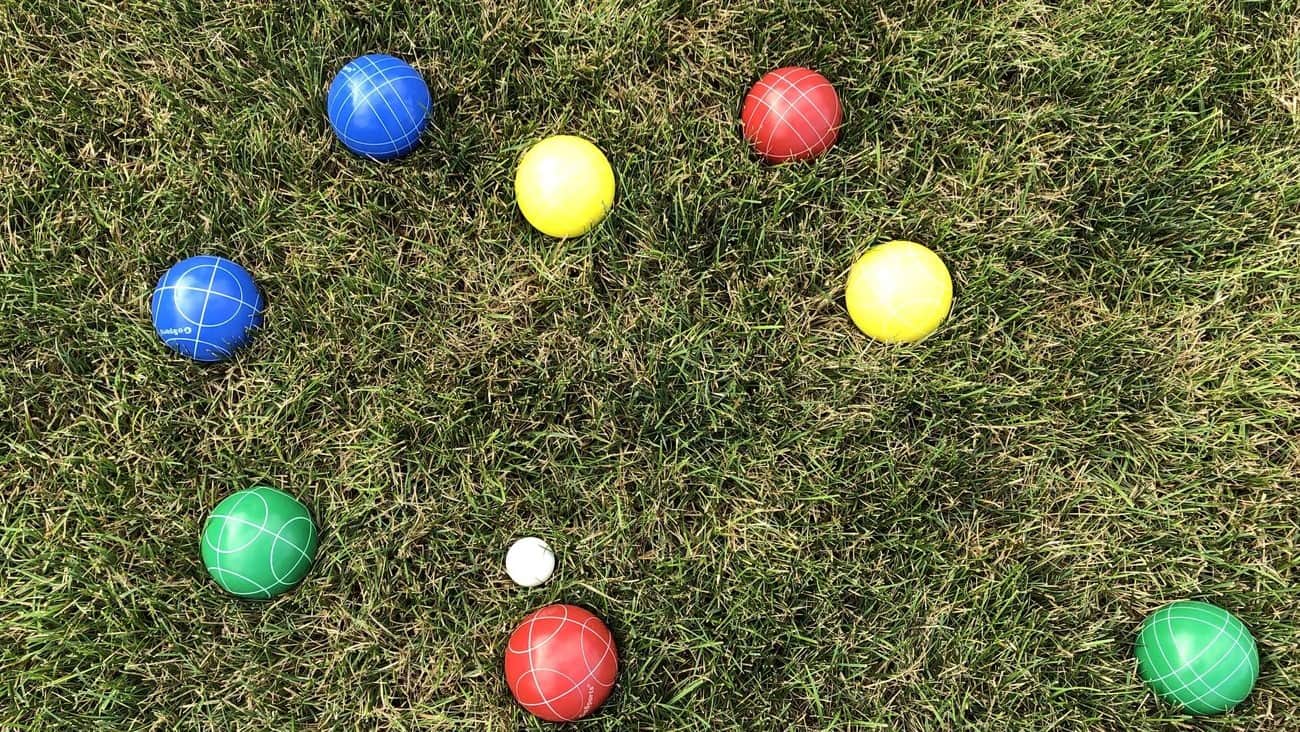
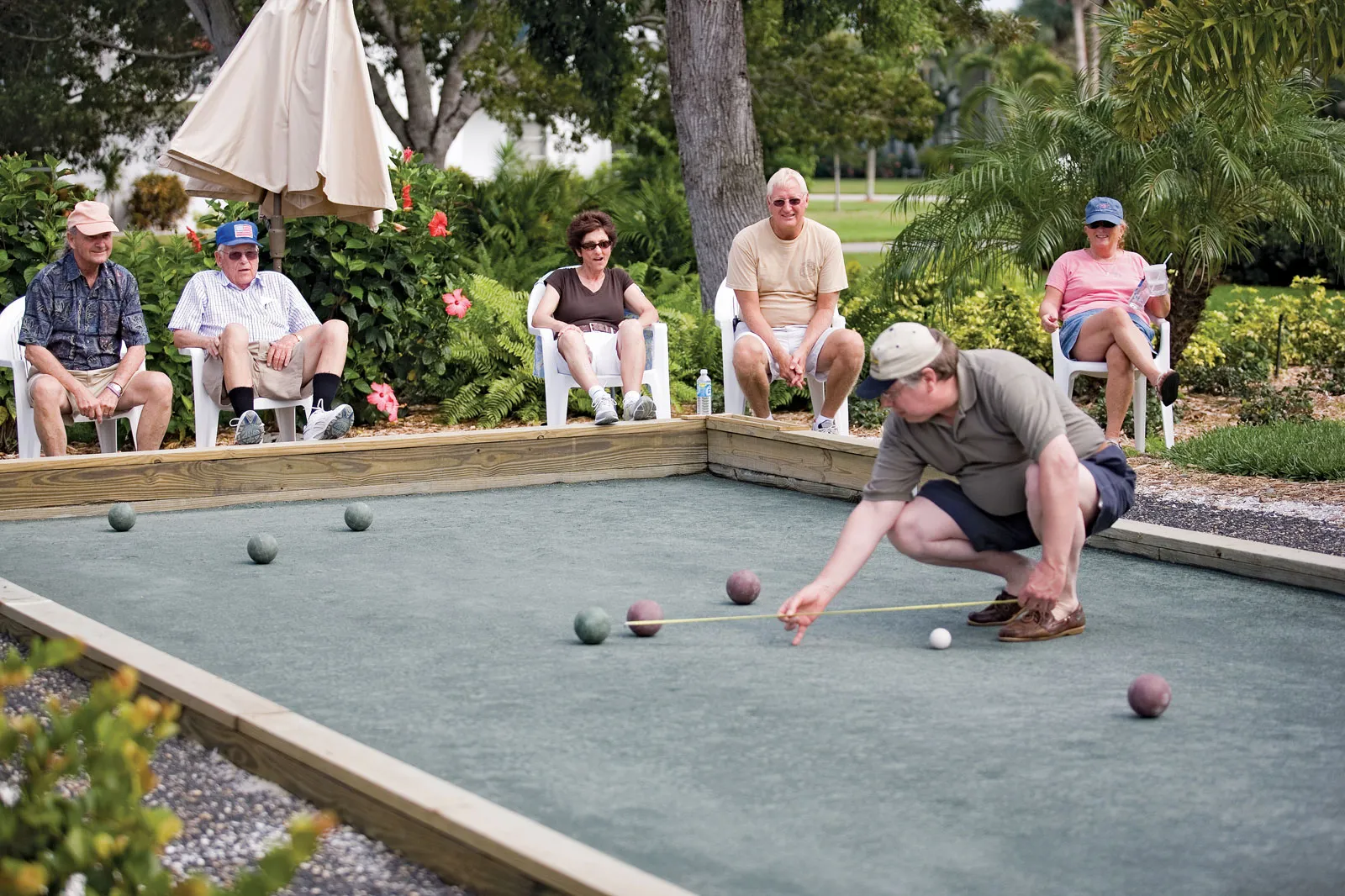
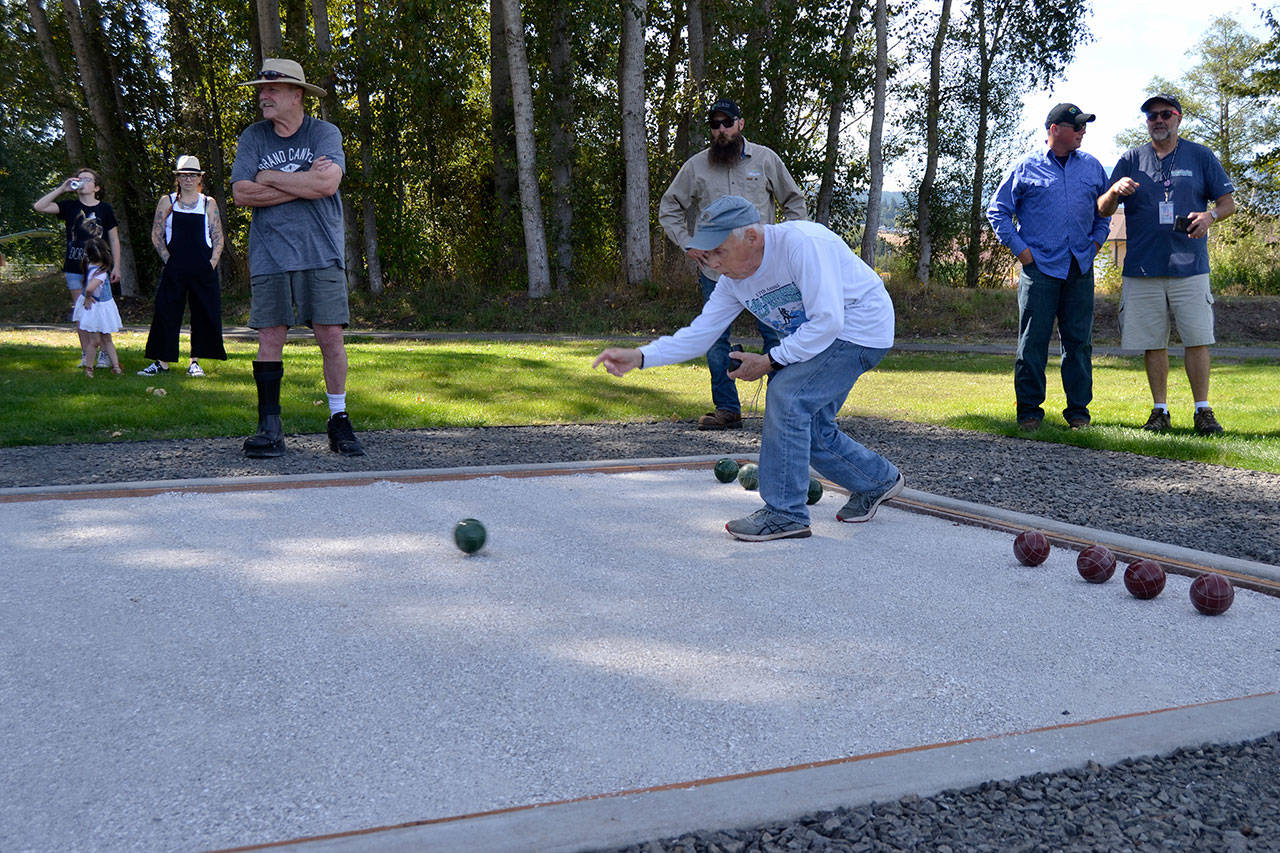
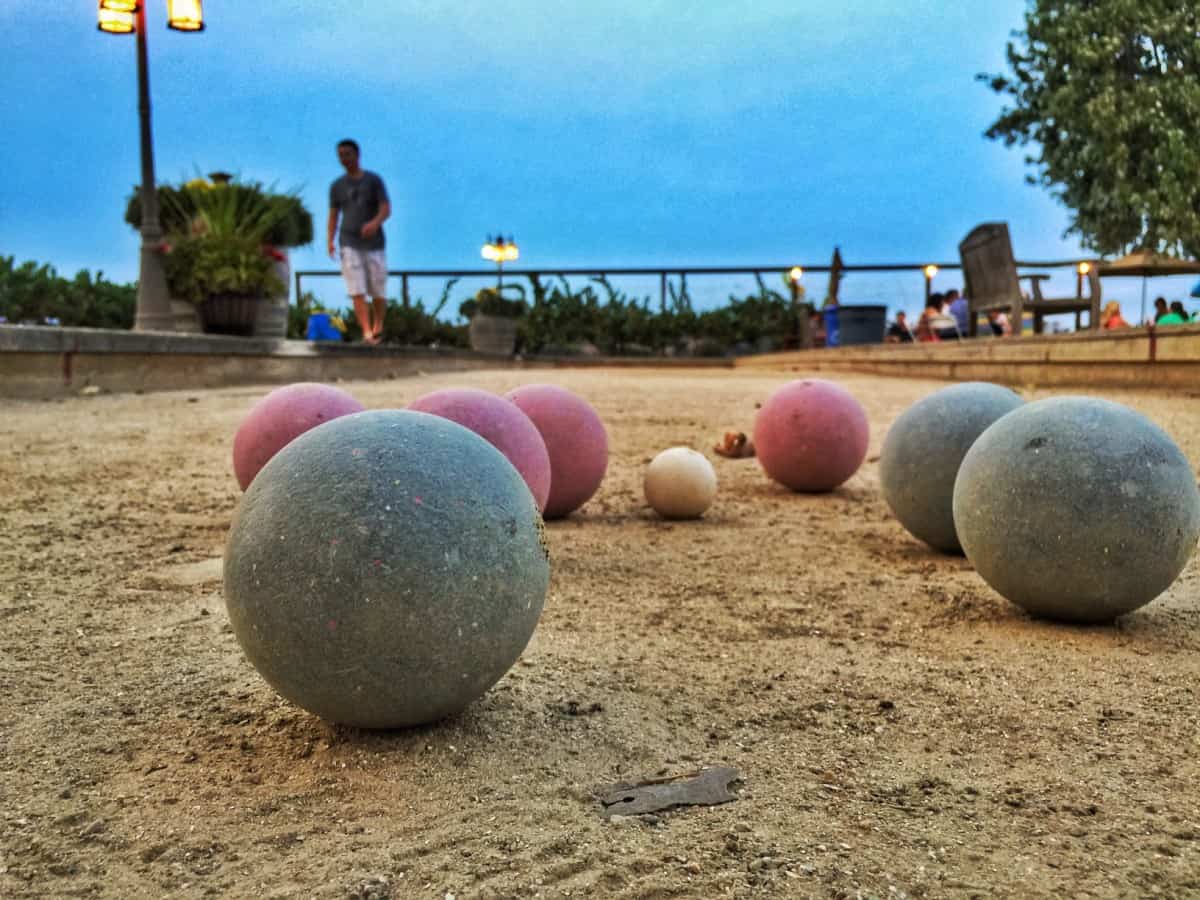
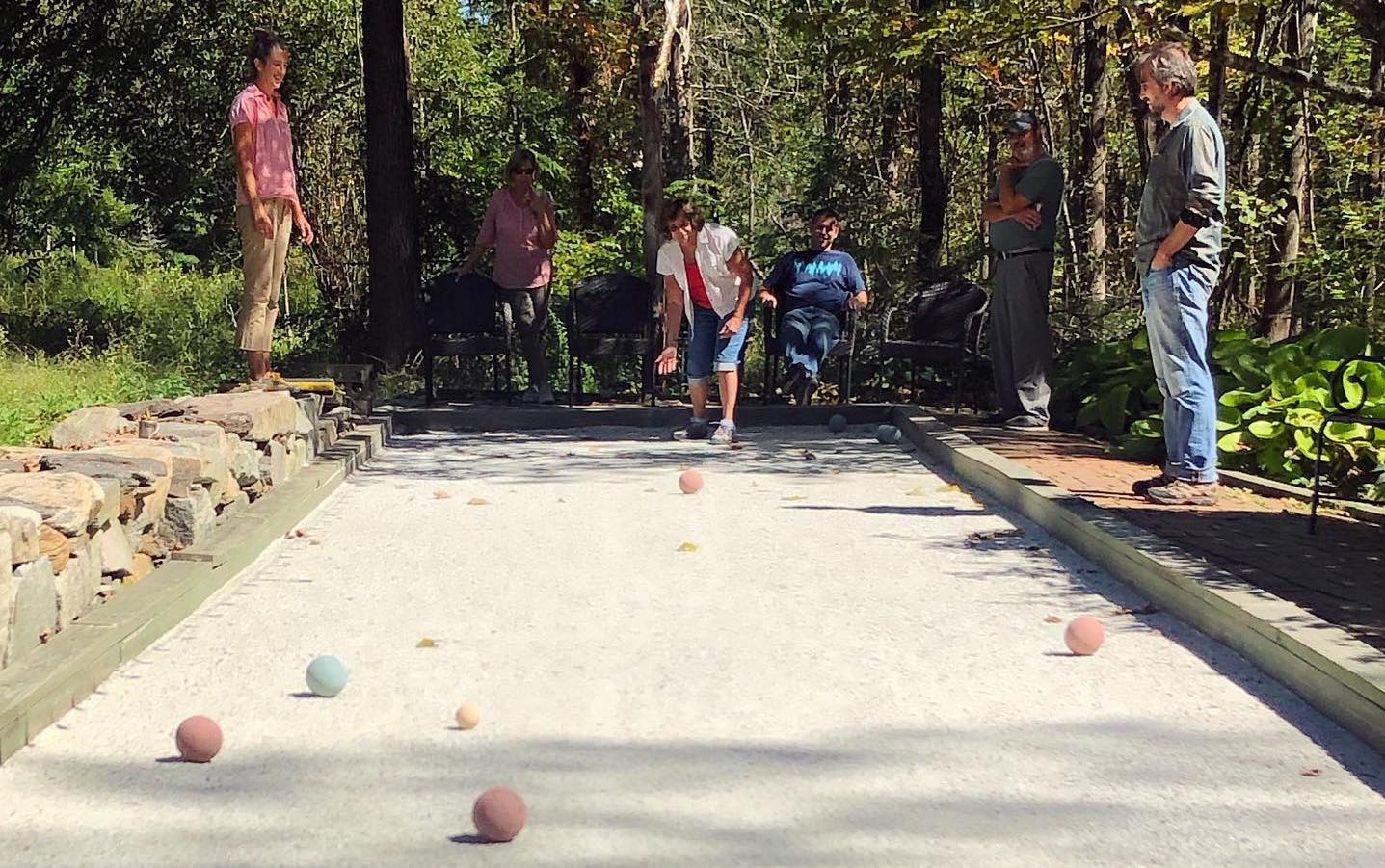

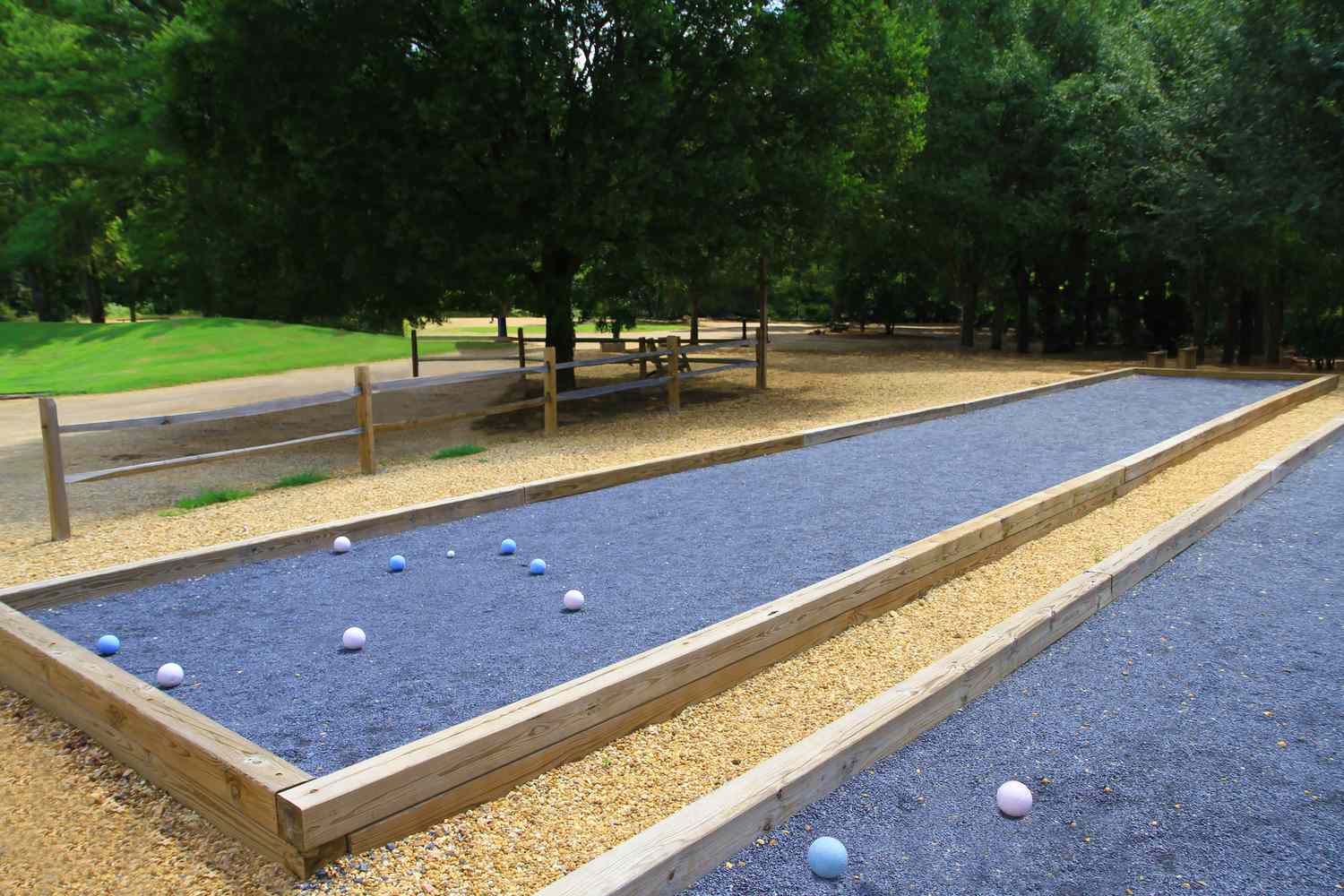







0 thoughts on “What Is The Difference Between Bocce Ball And Petanque?”